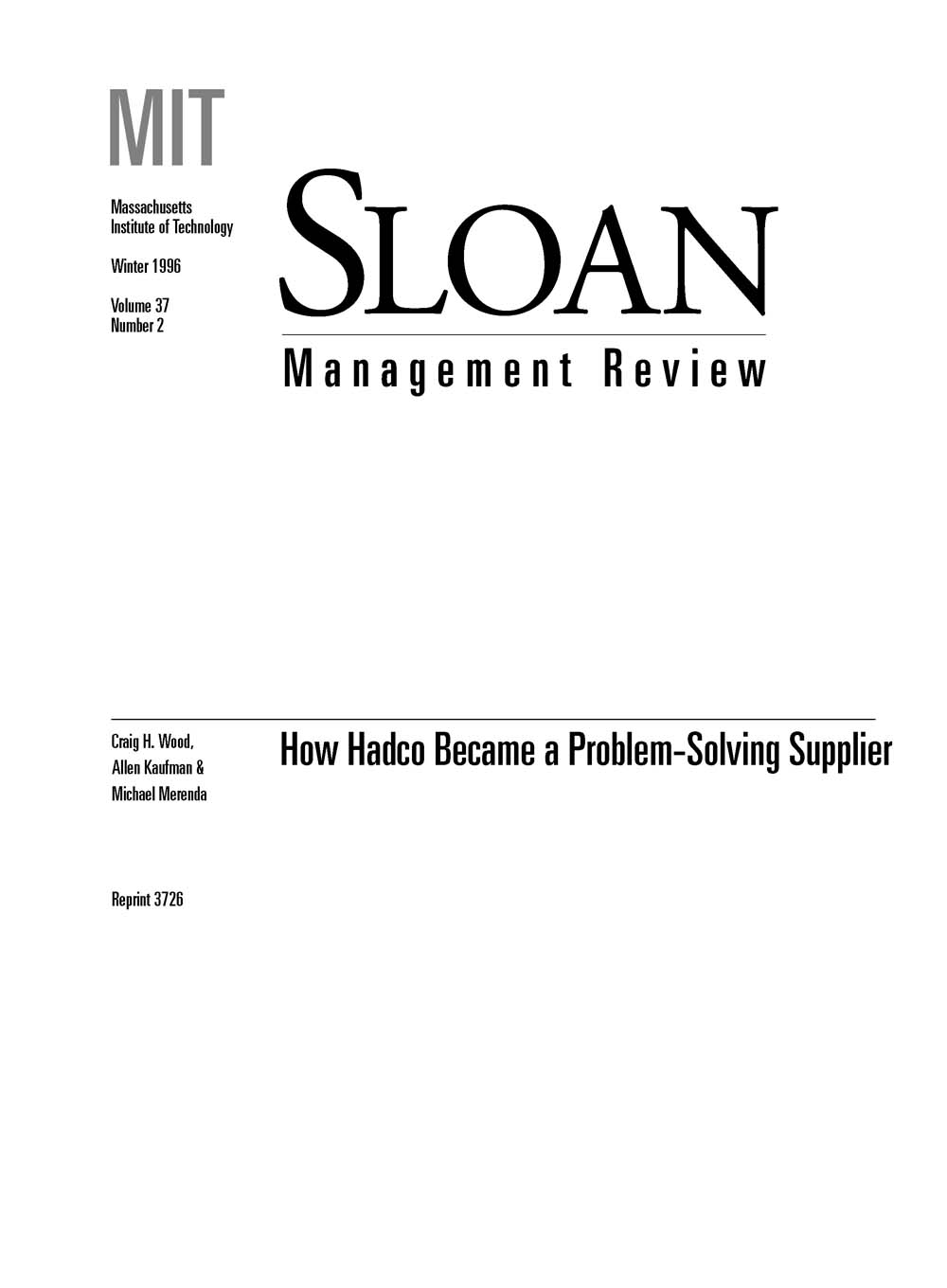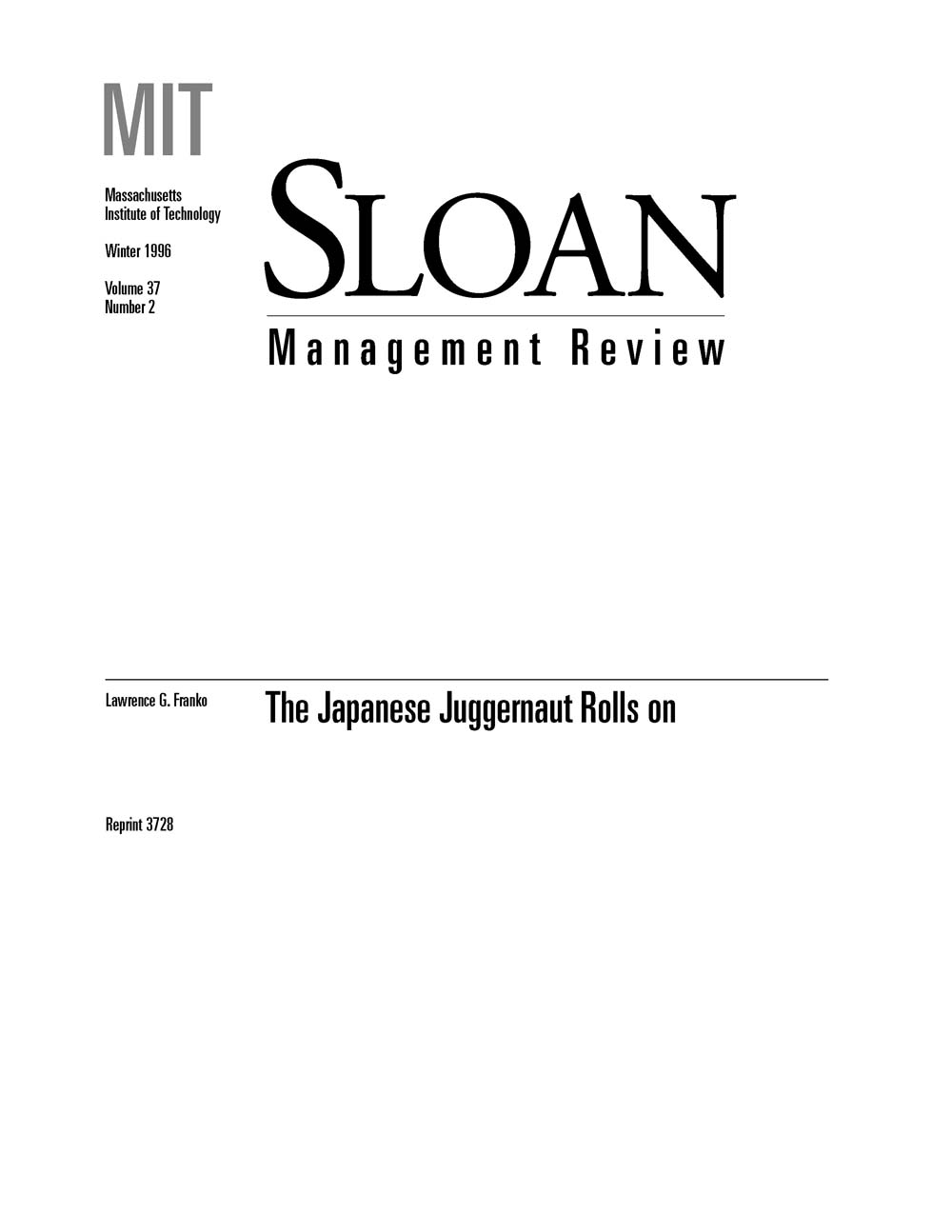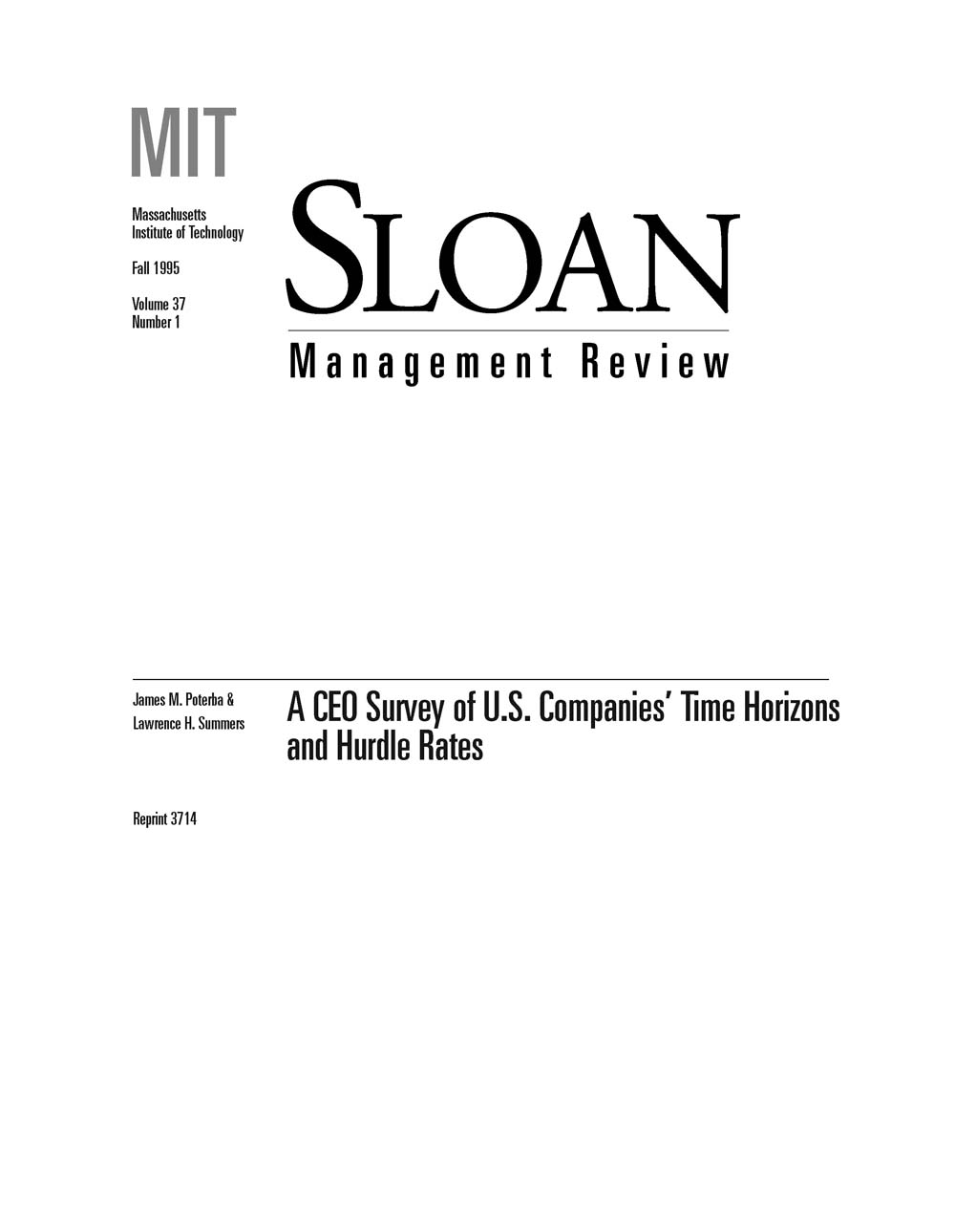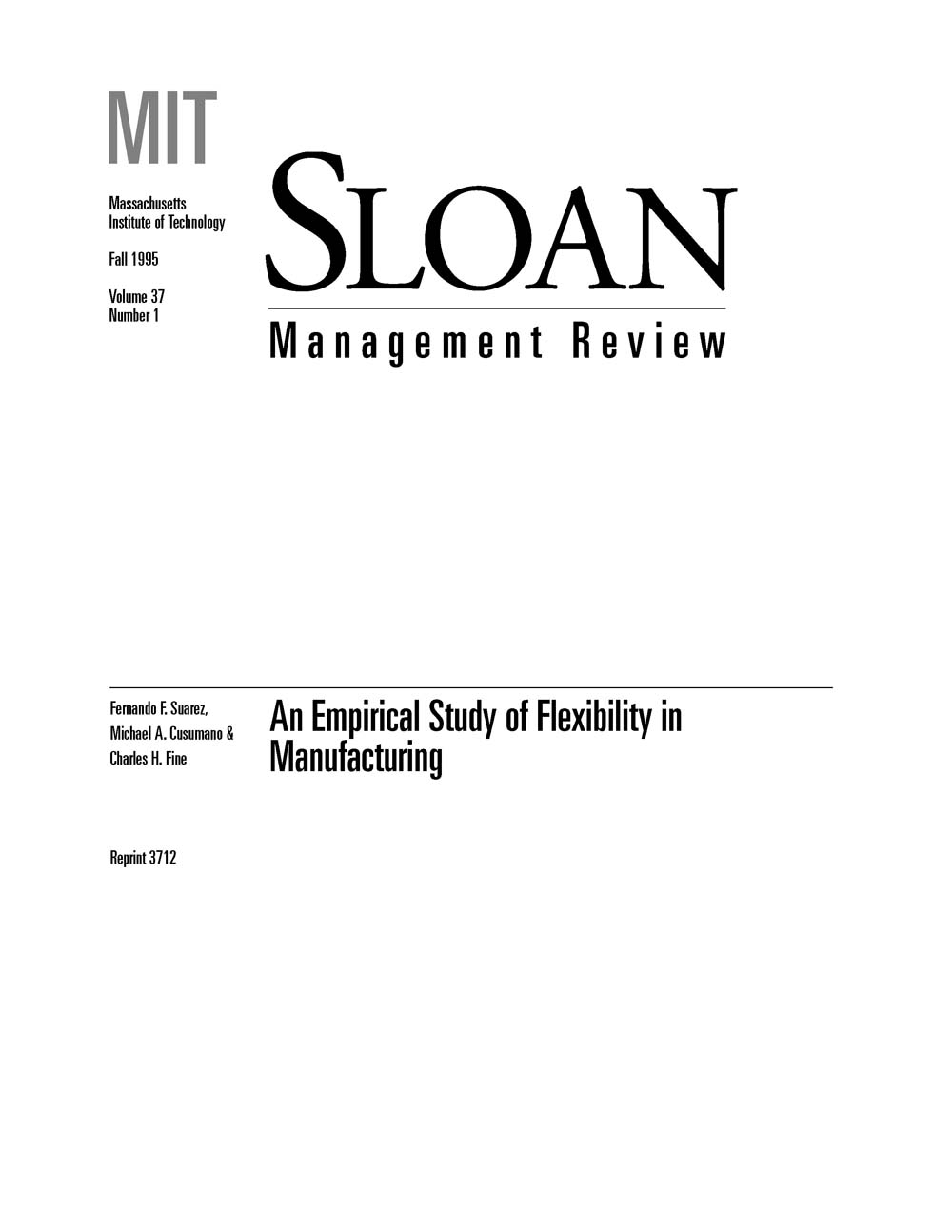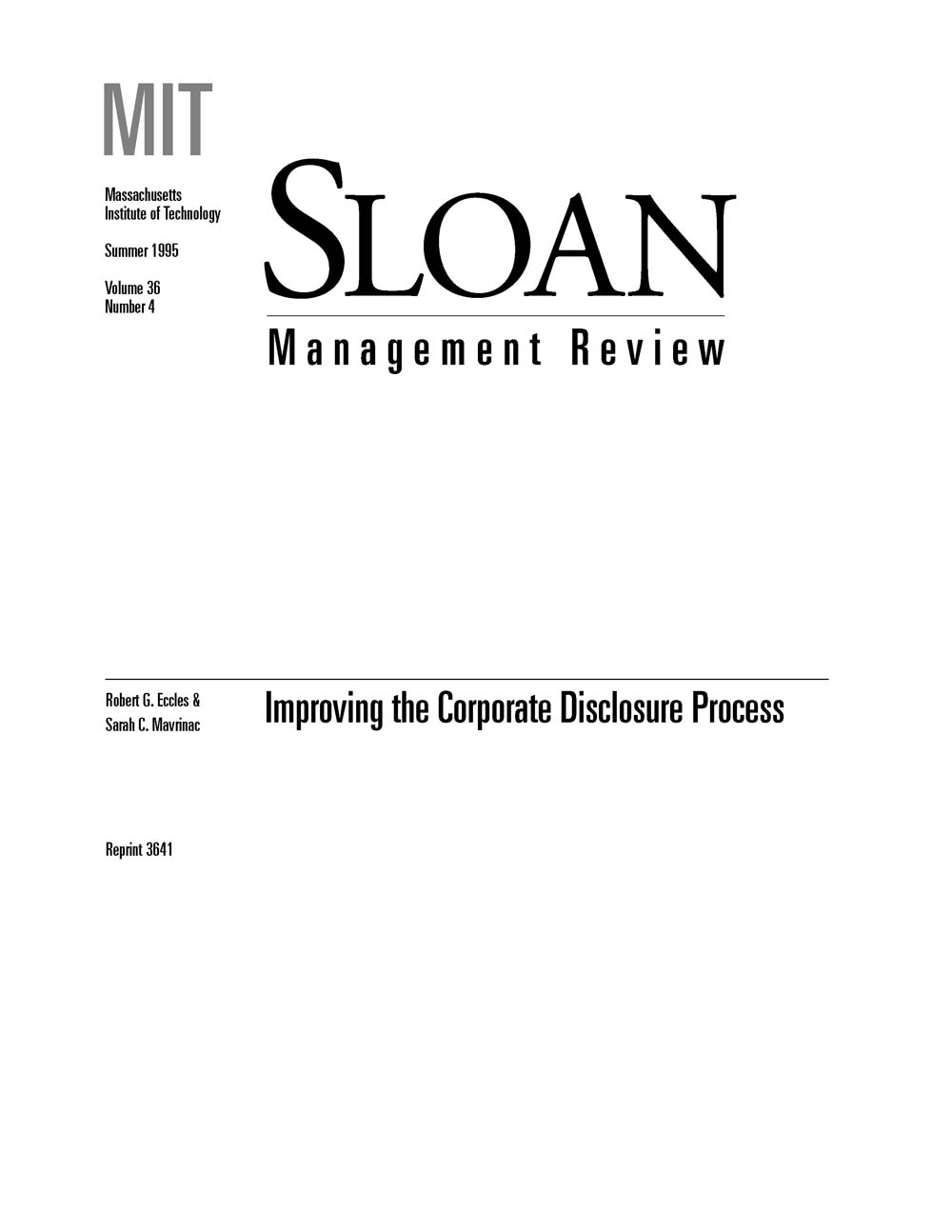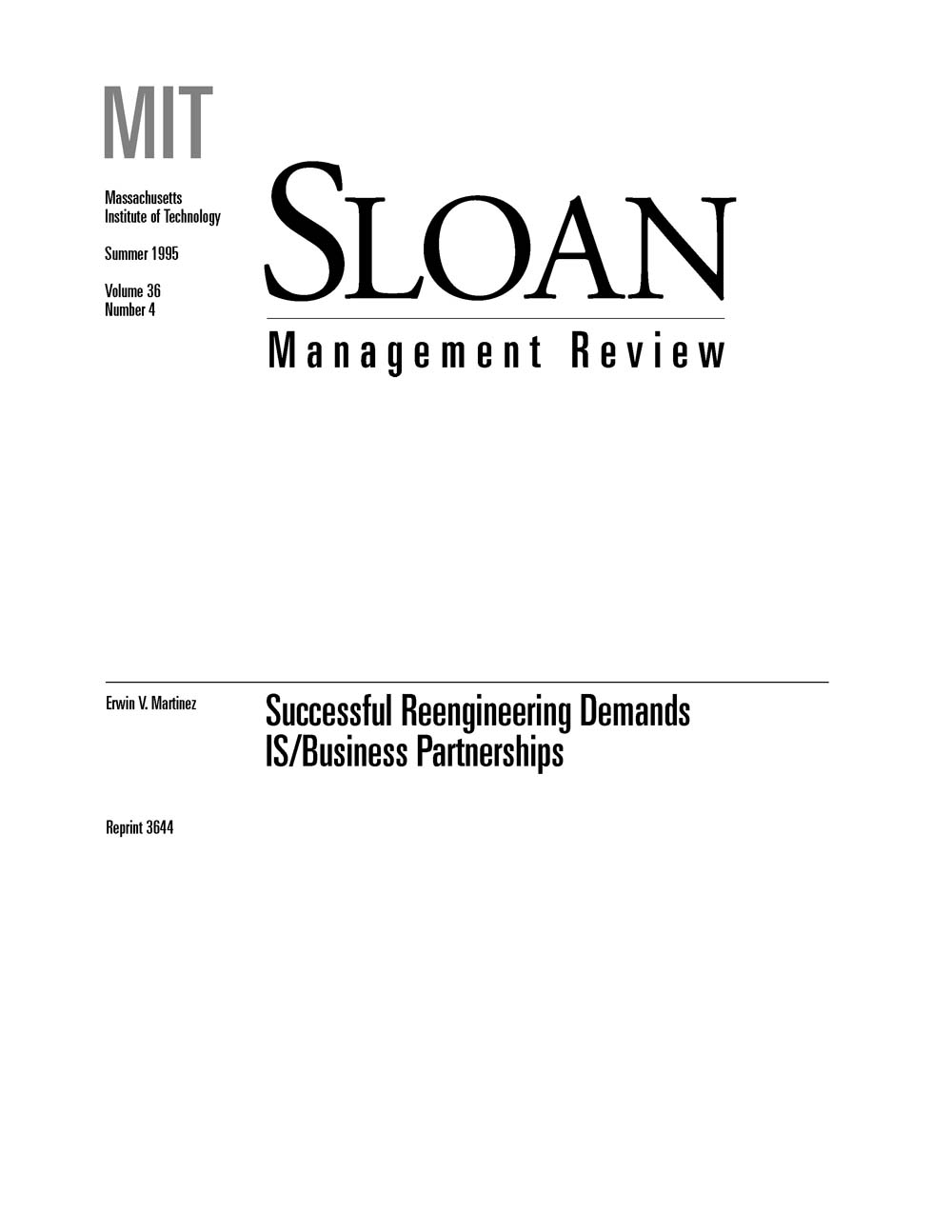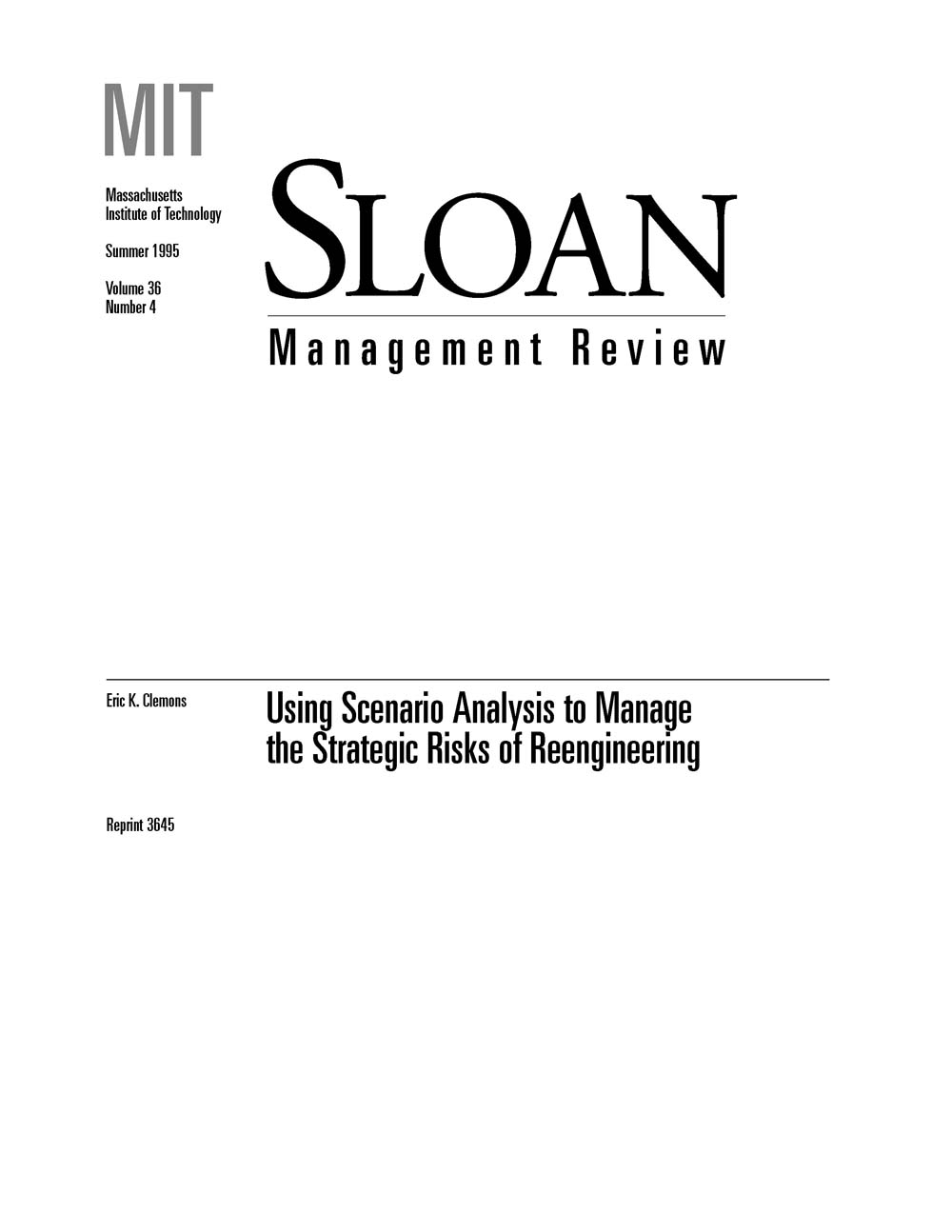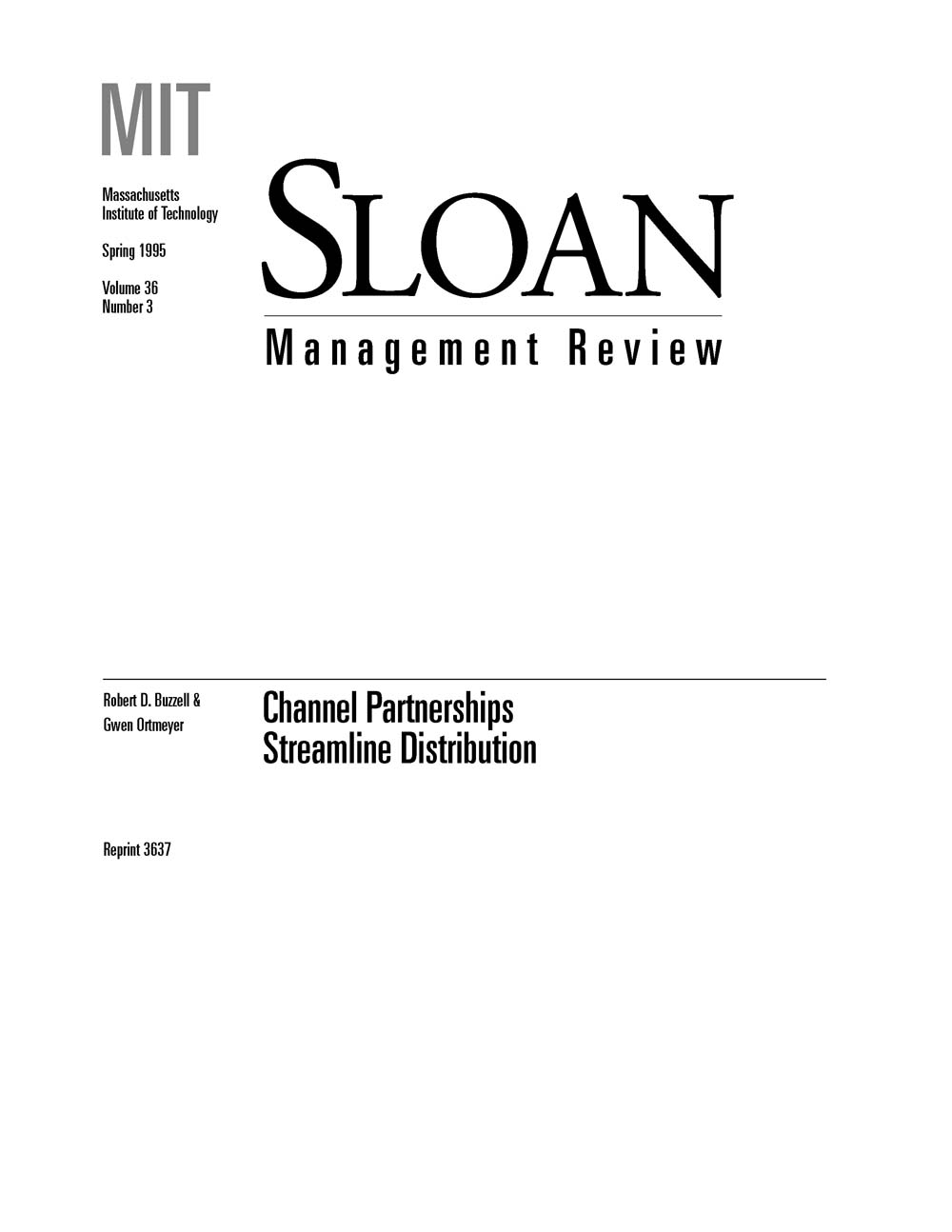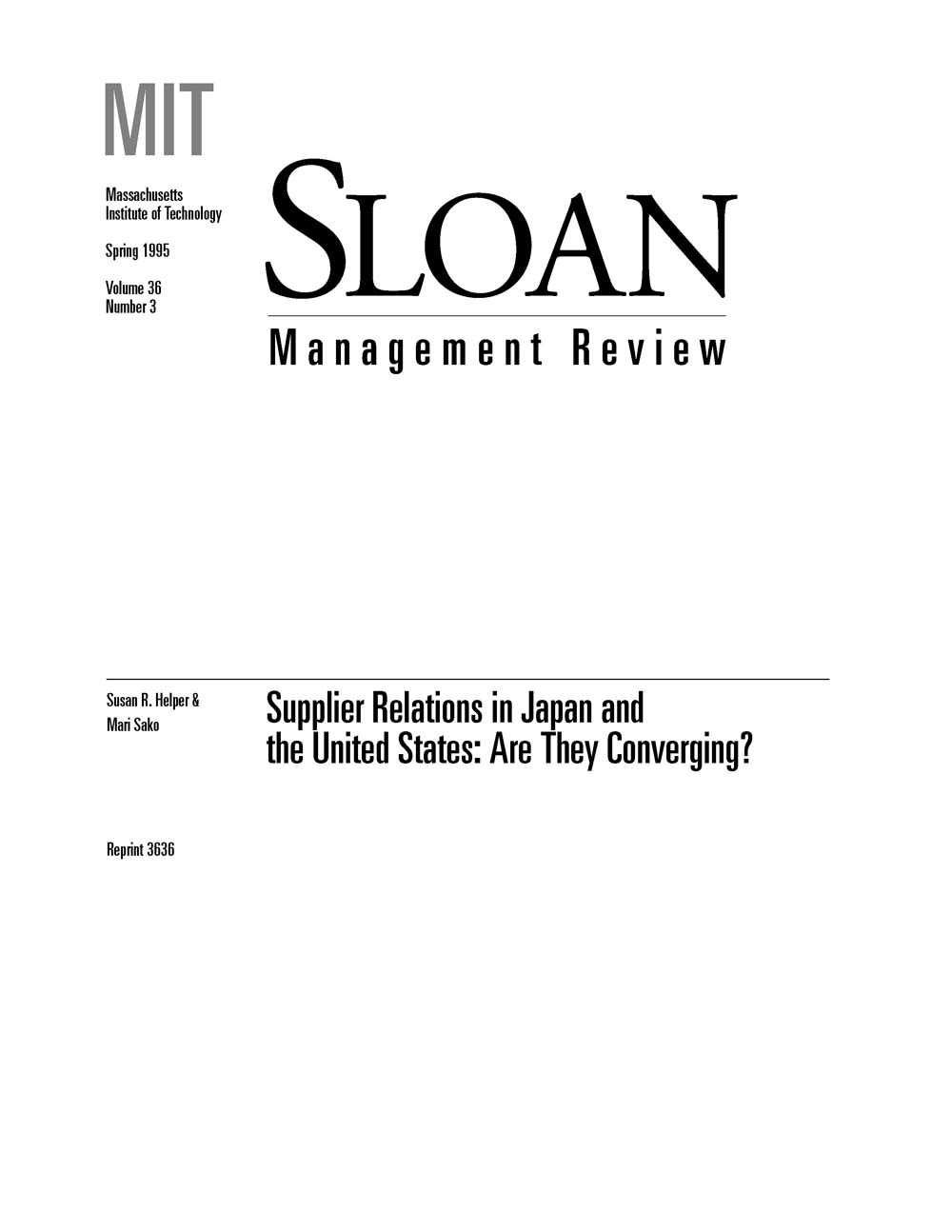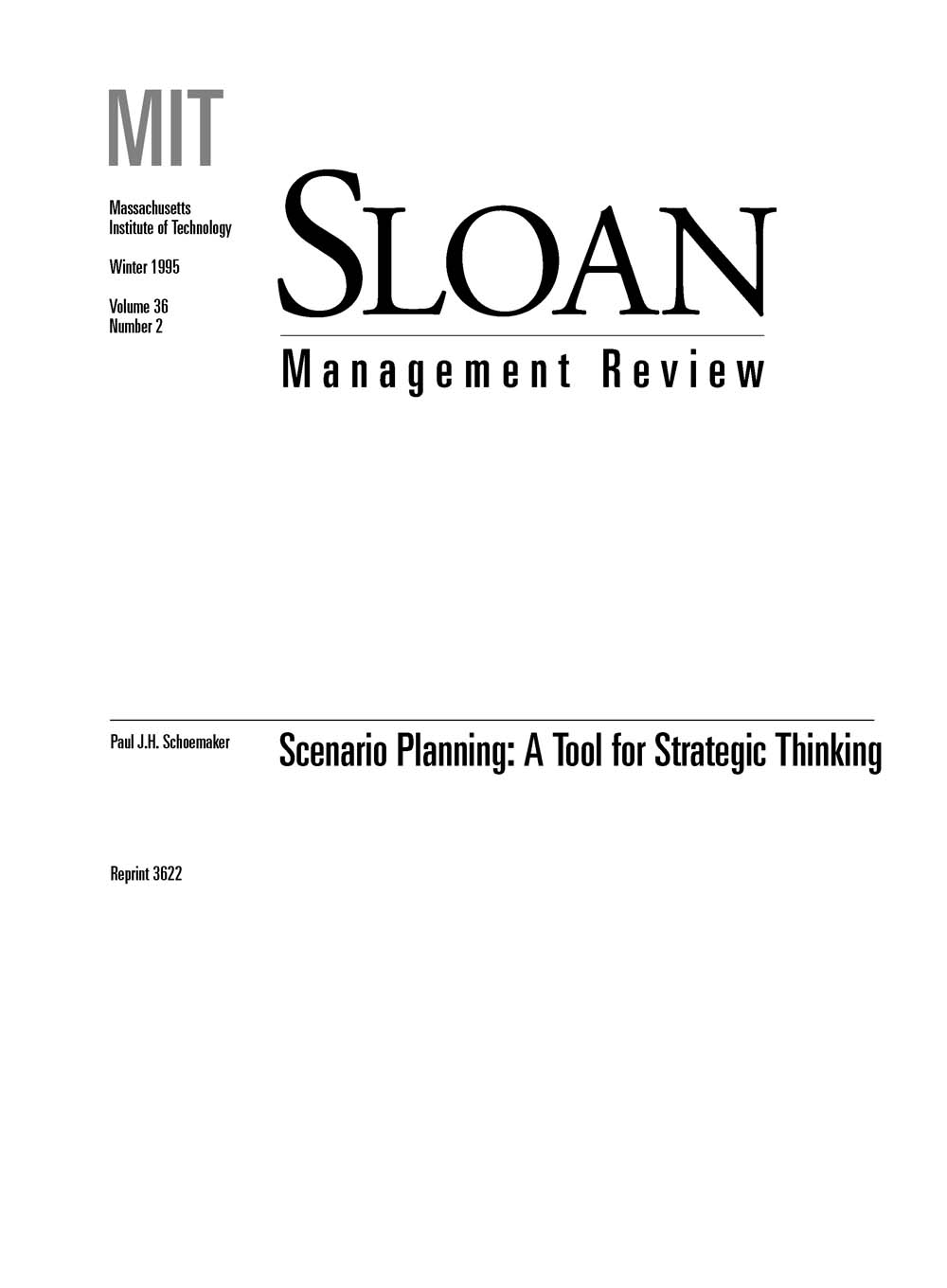| 0.0002 |
SELECT *
FROM (`carts`)
WHERE `cart_id` = 'b8989ef48d2addefcd0bd3905d405121'
ORDER BY `created_at` DESC
|
| 0.0001 |
SELECT *
FROM (`carts`)
WHERE `cart_id` = 'b8989ef48d2addefcd0bd3905d405121'
ORDER BY `created_at` DESC
|
| 0.0001 |
SELECT *
FROM (`carts`)
WHERE `cart_id` = 'b8989ef48d2addefcd0bd3905d405121'
ORDER BY `created_at` DESC
|
| 0.0001 |
SELECT *
FROM (`carts`)
WHERE `cart_id` = 'b8989ef48d2addefcd0bd3905d405121'
ORDER BY `created_at` DESC
|
| 0.0001 |
SELECT *
FROM (`carts`)
WHERE `cart_id` = 'b8989ef48d2addefcd0bd3905d405121'
ORDER BY `created_at` DESC
|
| 0.0001 |
SELECT *
FROM (`carts`)
WHERE `cart_id` = 'b8989ef48d2addefcd0bd3905d405121'
ORDER BY `created_at` DESC
|
| 0.0001 |
SELECT *
FROM (`carts`)
WHERE `cart_id` = 'b8989ef48d2addefcd0bd3905d405121'
ORDER BY `created_at` DESC
|
| 0.0002 |
SELECT *
FROM (`carts`)
WHERE `cart_id` = 'b8989ef48d2addefcd0bd3905d405121'
ORDER BY `created_at` DESC
|
| 0.0001 |
SELECT *
FROM (`carts`)
WHERE `cart_id` = 'b8989ef48d2addefcd0bd3905d405121'
ORDER BY `created_at` DESC
|
| 0.0001 |
SELECT *
FROM (`carts`)
WHERE `cart_id` = 'b8989ef48d2addefcd0bd3905d405121'
ORDER BY `created_at` DESC
|
| 0.0001 |
SELECT *
FROM (`carts`)
WHERE `cart_id` = 'b8989ef48d2addefcd0bd3905d405121'
ORDER BY `created_at` DESC
|
| 0.0001 |
SELECT *
FROM (`carts`)
WHERE `cart_id` = 'b8989ef48d2addefcd0bd3905d405121'
ORDER BY `created_at` DESC
|
| 0.0001 |
SELECT *
FROM (`carts`)
WHERE `cart_id` = 'b8989ef48d2addefcd0bd3905d405121'
ORDER BY `created_at` DESC
|
| 0.0001 |
SELECT *
FROM (`carts`)
WHERE `cart_id` = 'b8989ef48d2addefcd0bd3905d405121'
ORDER BY `created_at` DESC
|
| 0.0001 |
SELECT *
FROM (`carts`)
WHERE `cart_id` = 'b8989ef48d2addefcd0bd3905d405121'
ORDER BY `created_at` DESC
|
| 0.0001 |
SELECT *
FROM (`carts`)
WHERE `cart_id` = 'b8989ef48d2addefcd0bd3905d405121'
ORDER BY `created_at` DESC
|
| 0.0001 |
SELECT *
FROM (`carts`)
WHERE `cart_id` = 'b8989ef48d2addefcd0bd3905d405121'
ORDER BY `created_at` DESC
|
| 0.0002 |
SELECT *
FROM (`carts`)
WHERE `cart_id` = 'b8989ef48d2addefcd0bd3905d405121'
ORDER BY `created_at` DESC
|
| 0.0001 |
SELECT *
FROM (`carts`)
WHERE `cart_id` = 'b8989ef48d2addefcd0bd3905d405121'
ORDER BY `created_at` DESC
|
| 0.0001 |
SELECT *
FROM (`carts`)
WHERE `cart_id` = 'b8989ef48d2addefcd0bd3905d405121'
ORDER BY `created_at` DESC
|
| 0.0001 |
SELECT *
FROM (`carts`)
WHERE `cart_id` = 'b8989ef48d2addefcd0bd3905d405121'
ORDER BY `created_at` DESC
|
| 0.0001 |
SELECT *
FROM (`carts`)
WHERE `cart_id` = 'b8989ef48d2addefcd0bd3905d405121'
ORDER BY `created_at` DESC
|
| 0.0001 |
SELECT *
FROM (`carts`)
WHERE `cart_id` = 'b8989ef48d2addefcd0bd3905d405121'
ORDER BY `created_at` DESC
|
| 0.0001 |
SELECT *
FROM (`carts`)
WHERE `cart_id` = 'b8989ef48d2addefcd0bd3905d405121'
ORDER BY `created_at` DESC
|
| 0.0001 |
SELECT *
FROM (`carts`)
WHERE `cart_id` = 'b8989ef48d2addefcd0bd3905d405121'
ORDER BY `created_at` DESC
|
| 0.0001 |
SELECT *
FROM (`carts`)
WHERE `cart_id` = 'b8989ef48d2addefcd0bd3905d405121'
ORDER BY `created_at` DESC
|
| 0.0002 |
SELECT `parent_id`
FROM (`products`)
WHERE `avail_id` IN ('A', 'B', 'D')
AND `sku` IN ('strateg', 'strategP', 'strategC', 'strategX')
AND `type_id` = 'V'
LIMIT 1
|
| 0.0001 |
SELECT SQL_CALC_FOUND_ROWS cat_id
FROM (`product_categories`)
WHERE `status_id` = 'A'
AND `url_friendly` = 'strategy'
AND `parent_id` = 1
|
| 0.0056 |
SELECT c.parent_id, c.format_id
FROM products AS p, products AS c, product_categories__products
WHERE p.prod_id = c.parent_id AND
p.prod_id = product_categories__products.prod_id AND
c.avail_id IN ('A','B','D') AND
c.type_id = 'V' AND
product_categories__products.cat_id = 249 AND
(
c.sku = 'strategy' OR
if(c.format_id = 'Certificate', '', p.url_friendly) = 'strategy'
)
LIMIT 1
|
| 0.0005 |
SELECT `cat_id` AS id, `parent_id` AS parent, `status_id`, `name`, `description`, `url_friendly`, `page_title`, `meta_keywords`, `meta_description`, `position`, `updated_at`
FROM (`product_categories`)
WHERE `cat_id` != 1
ORDER BY `parent_id`, IF(position = 0, 1, 0) ASC , `position`, `name`
|
| 0.0002 |
SELECT SQL_CALC_FOUND_ROWS media_id, position
FROM (`media`)
WHERE `foreign_key_table` = 'product_categories'
AND `foreign_key_column` = 'cat_id'
AND `foreign_key_value` = '249'
AND `kind` = 'hero_image'
ORDER BY IF(position = 0, 1, 0) ASC , `position`
|
| 0.0105 |
SELECT SQL_CALC_FOUND_ROWS p.prod_id AS parent_id, p.pool_id AS parent_pool_id, p.type_id AS parent_type_id, p.title AS parent_title, p.description AS parent_description, p.url_friendly AS parent_url_friendly, p.product_type, p.publication_date, c.prod_id, c.avail_id, c.type_id, c.sku, c.title, c.price, c.sale_price, c.toggle_inventory_api, c.qty_available, c.expected_date, product_categories__products.cat_id, COALESCE(product_categories.name, '') as category_name
FROM (`products` AS p)
JOIN (products AS c) ON `p`.`prod_id` = `c`.`parent_id`
LEFT JOIN (product_categories__products) ON `p`.`prod_id` = `product_categories__products`.`prod_id`
LEFT JOIN (product_categories) ON `product_categories__products`.`cat_id` = `product_categories`.`cat_id`
WHERE `c`.`type_id` = 'V'
AND `c`.`format_id` != "Certificate"
AND c.avail_id IN ('A','B','D')
AND product_categories__products.cat_id IN ('249','284','270','279','254','260')
GROUP BY `c`.`parent_id`
ORDER BY `p`.`pool_id`, `p`.`position`, `p`.`publication_date` DESC, `p`.`title`, `c`.`title`
LIMIT 10 OFFSET 440
|
| 0.0001 |
SELECT FOUND_ROWS() AS total
|
| 0.0001 |
SELECT `parent_id`
FROM (`products`)
WHERE `prod_id` = '2416'
|
| 0.0001 |
SELECT *
FROM (`products`)
WHERE `products`.`prod_id` = '2415'
|
| 0.0002 |
SELECT `product_categories__products`.`cat_id`
FROM (`product_categories__products`)
JOIN `product_categories` ON `product_categories__products`.`cat_id` = `product_categories`.`cat_id`
WHERE `product_categories__products`.`prod_id` = '2415'
AND `product_categories`.`parent_id` = 1
AND `product_categories__products`.`cat_id` NOT IN (1, 261)
|
| 0.0004 |
SELECT `cat_id` AS id, `parent_id` AS parent, `status_id`, `name`, `description`, `url_friendly`, `page_title`, `meta_keywords`, `meta_description`, `position`, `updated_at`
FROM (`product_categories`)
WHERE `cat_id` != 1
ORDER BY `parent_id`, IF(position = 0, 1, 0) ASC , `position`, `name`
|
| 0.0002 |
SELECT *
FROM (`authors`)
JOIN `products__authors` ON `authors`.`author_id` = `products__authors`.`author_id`
WHERE `products__authors`.`prod_id` = '2415'
ORDER BY `sort` ASC
|
| 0.0001 |
SELECT *
FROM (`product_flags__products`)
WHERE `prod_id` = '2415'
|
| 0.0001 |
SELECT `sku`
FROM (`products__xsell`)
WHERE `prod_id` = '2415'
ORDER BY IF(position = 0, 1, 0) ASC , `position`
|
| 0.0003 |
SELECT `c`.`prod_id`, `c`.`format_id`, `c`.`price`, `c`.`sale_price`
FROM (`products` AS p)
JOIN (products AS c) ON `p`.`prod_id` = `c`.`parent_id`
WHERE `c`.`avail_id` IN ('A', 'B', 'D')
AND `c`.`type_id` = 'V'
AND `c`.`parent_id` = '2415'
|
| 0.0002 |
SELECT *
FROM (`products`)
WHERE `avail_id` IN ('A', 'B', 'D')
AND `parent_id` = '2415'
AND `type_id` = 'V'
ORDER BY IF(position = 0, 1, 0) ASC , `position`, `title`
|
| 0.0002 |
SELECT SQL_CALC_FOUND_ROWS media_id, position
FROM (`media`)
WHERE `foreign_key_table` = 'products'
AND `foreign_key_column` = 'prod_id'
AND `foreign_key_value` = '2415'
AND `kind` = 'image_600x600'
ORDER BY IF(position = 0, 1, 0) ASC , `position`
|
| 0.0001 |
SELECT *
FROM (`media`)
WHERE `media`.`media_id` = '1095'
|
| 0.0001 |
SELECT *
FROM (`mime_types`)
WHERE `mime_types`.`extension` = 'jpg'
|
| 0.0001 |
SELECT *
FROM (`media_metadata`)
WHERE `media_id` = '1095'
|
| 0.0001 |
SELECT `parent_id`
FROM (`products`)
WHERE `prod_id` = '2408'
|
| 0.0001 |
SELECT *
FROM (`products`)
WHERE `products`.`prod_id` = '2407'
|
| 0.0002 |
SELECT `product_categories__products`.`cat_id`
FROM (`product_categories__products`)
JOIN `product_categories` ON `product_categories__products`.`cat_id` = `product_categories`.`cat_id`
WHERE `product_categories__products`.`prod_id` = '2407'
AND `product_categories`.`parent_id` = 1
AND `product_categories__products`.`cat_id` NOT IN (1, 261)
|
| 0.0001 |
SELECT *
FROM (`authors`)
JOIN `products__authors` ON `authors`.`author_id` = `products__authors`.`author_id`
WHERE `products__authors`.`prod_id` = '2407'
ORDER BY `sort` ASC
|
| 0.0001 |
SELECT *
FROM (`product_flags__products`)
WHERE `prod_id` = '2407'
|
| 0.0001 |
SELECT `sku`
FROM (`products__xsell`)
WHERE `prod_id` = '2407'
ORDER BY IF(position = 0, 1, 0) ASC , `position`
|
| 0.0002 |
SELECT `c`.`prod_id`, `c`.`format_id`, `c`.`price`, `c`.`sale_price`
FROM (`products` AS p)
JOIN (products AS c) ON `p`.`prod_id` = `c`.`parent_id`
WHERE `c`.`avail_id` IN ('A', 'B', 'D')
AND `c`.`type_id` = 'V'
AND `c`.`parent_id` = '2407'
|
| 0.0002 |
SELECT *
FROM (`products`)
WHERE `avail_id` IN ('A', 'B', 'D')
AND `parent_id` = '2407'
AND `type_id` = 'V'
ORDER BY IF(position = 0, 1, 0) ASC , `position`, `title`
|
| 0.0002 |
SELECT SQL_CALC_FOUND_ROWS media_id, position
FROM (`media`)
WHERE `foreign_key_table` = 'products'
AND `foreign_key_column` = 'prod_id'
AND `foreign_key_value` = '2407'
AND `kind` = 'image_600x600'
ORDER BY IF(position = 0, 1, 0) ASC , `position`
|
| 0.0002 |
SELECT *
FROM (`media`)
WHERE `media`.`media_id` = '1091'
|
| 0.0003 |
SELECT *
FROM (`mime_types`)
WHERE `mime_types`.`extension` = 'jpg'
|
| 0.0001 |
SELECT *
FROM (`media_metadata`)
WHERE `media_id` = '1091'
|
| 0.0002 |
SELECT `parent_id`
FROM (`products`)
WHERE `prod_id` = '2432'
|
| 0.0002 |
SELECT *
FROM (`products`)
WHERE `products`.`prod_id` = '2431'
|
| 0.0002 |
SELECT `product_categories__products`.`cat_id`
FROM (`product_categories__products`)
JOIN `product_categories` ON `product_categories__products`.`cat_id` = `product_categories`.`cat_id`
WHERE `product_categories__products`.`prod_id` = '2431'
AND `product_categories`.`parent_id` = 1
AND `product_categories__products`.`cat_id` NOT IN (1, 261)
|
| 0.0002 |
SELECT *
FROM (`authors`)
JOIN `products__authors` ON `authors`.`author_id` = `products__authors`.`author_id`
WHERE `products__authors`.`prod_id` = '2431'
ORDER BY `sort` ASC
|
| 0.0001 |
SELECT *
FROM (`product_flags__products`)
WHERE `prod_id` = '2431'
|
| 0.0001 |
SELECT `sku`
FROM (`products__xsell`)
WHERE `prod_id` = '2431'
ORDER BY IF(position = 0, 1, 0) ASC , `position`
|
| 0.0002 |
SELECT `c`.`prod_id`, `c`.`format_id`, `c`.`price`, `c`.`sale_price`
FROM (`products` AS p)
JOIN (products AS c) ON `p`.`prod_id` = `c`.`parent_id`
WHERE `c`.`avail_id` IN ('A', 'B', 'D')
AND `c`.`type_id` = 'V'
AND `c`.`parent_id` = '2431'
|
| 0.0002 |
SELECT *
FROM (`products`)
WHERE `avail_id` IN ('A', 'B', 'D')
AND `parent_id` = '2431'
AND `type_id` = 'V'
ORDER BY IF(position = 0, 1, 0) ASC , `position`, `title`
|
| 0.0002 |
SELECT SQL_CALC_FOUND_ROWS media_id, position
FROM (`media`)
WHERE `foreign_key_table` = 'products'
AND `foreign_key_column` = 'prod_id'
AND `foreign_key_value` = '2431'
AND `kind` = 'image_600x600'
ORDER BY IF(position = 0, 1, 0) ASC , `position`
|
| 0.0001 |
SELECT *
FROM (`media`)
WHERE `media`.`media_id` = '1103'
|
| 0.0001 |
SELECT *
FROM (`mime_types`)
WHERE `mime_types`.`extension` = 'jpg'
|
| 0.0001 |
SELECT *
FROM (`media_metadata`)
WHERE `media_id` = '1103'
|
| 0.0001 |
SELECT `parent_id`
FROM (`products`)
WHERE `prod_id` = '2434'
|
| 0.0001 |
SELECT *
FROM (`products`)
WHERE `products`.`prod_id` = '2433'
|
| 0.0002 |
SELECT `product_categories__products`.`cat_id`
FROM (`product_categories__products`)
JOIN `product_categories` ON `product_categories__products`.`cat_id` = `product_categories`.`cat_id`
WHERE `product_categories__products`.`prod_id` = '2433'
AND `product_categories`.`parent_id` = 1
AND `product_categories__products`.`cat_id` NOT IN (1, 261)
|
| 0.0002 |
SELECT *
FROM (`authors`)
JOIN `products__authors` ON `authors`.`author_id` = `products__authors`.`author_id`
WHERE `products__authors`.`prod_id` = '2433'
ORDER BY `sort` ASC
|
| 0.0001 |
SELECT *
FROM (`product_flags__products`)
WHERE `prod_id` = '2433'
|
| 0.0001 |
SELECT `sku`
FROM (`products__xsell`)
WHERE `prod_id` = '2433'
ORDER BY IF(position = 0, 1, 0) ASC , `position`
|
| 0.0003 |
SELECT `c`.`prod_id`, `c`.`format_id`, `c`.`price`, `c`.`sale_price`
FROM (`products` AS p)
JOIN (products AS c) ON `p`.`prod_id` = `c`.`parent_id`
WHERE `c`.`avail_id` IN ('A', 'B', 'D')
AND `c`.`type_id` = 'V'
AND `c`.`parent_id` = '2433'
|
| 0.0003 |
SELECT *
FROM (`products`)
WHERE `avail_id` IN ('A', 'B', 'D')
AND `parent_id` = '2433'
AND `type_id` = 'V'
ORDER BY IF(position = 0, 1, 0) ASC , `position`, `title`
|
| 0.0003 |
SELECT SQL_CALC_FOUND_ROWS media_id, position
FROM (`media`)
WHERE `foreign_key_table` = 'products'
AND `foreign_key_column` = 'prod_id'
AND `foreign_key_value` = '2433'
AND `kind` = 'image_600x600'
ORDER BY IF(position = 0, 1, 0) ASC , `position`
|
| 0.0001 |
SELECT *
FROM (`media`)
WHERE `media`.`media_id` = '1104'
|
| 0.0001 |
SELECT *
FROM (`mime_types`)
WHERE `mime_types`.`extension` = 'jpg'
|
| 0.0001 |
SELECT *
FROM (`media_metadata`)
WHERE `media_id` = '1104'
|
| 0.0001 |
SELECT `parent_id`
FROM (`products`)
WHERE `prod_id` = '2438'
|
| 0.0001 |
SELECT *
FROM (`products`)
WHERE `products`.`prod_id` = '2437'
|
| 0.0002 |
SELECT `product_categories__products`.`cat_id`
FROM (`product_categories__products`)
JOIN `product_categories` ON `product_categories__products`.`cat_id` = `product_categories`.`cat_id`
WHERE `product_categories__products`.`prod_id` = '2437'
AND `product_categories`.`parent_id` = 1
AND `product_categories__products`.`cat_id` NOT IN (1, 261)
|
| 0.0002 |
SELECT *
FROM (`authors`)
JOIN `products__authors` ON `authors`.`author_id` = `products__authors`.`author_id`
WHERE `products__authors`.`prod_id` = '2437'
ORDER BY `sort` ASC
|
| 0.0001 |
SELECT *
FROM (`product_flags__products`)
WHERE `prod_id` = '2437'
|
| 0.0001 |
SELECT `sku`
FROM (`products__xsell`)
WHERE `prod_id` = '2437'
ORDER BY IF(position = 0, 1, 0) ASC , `position`
|
| 0.0002 |
SELECT `c`.`prod_id`, `c`.`format_id`, `c`.`price`, `c`.`sale_price`
FROM (`products` AS p)
JOIN (products AS c) ON `p`.`prod_id` = `c`.`parent_id`
WHERE `c`.`avail_id` IN ('A', 'B', 'D')
AND `c`.`type_id` = 'V'
AND `c`.`parent_id` = '2437'
|
| 0.0002 |
SELECT *
FROM (`products`)
WHERE `avail_id` IN ('A', 'B', 'D')
AND `parent_id` = '2437'
AND `type_id` = 'V'
ORDER BY IF(position = 0, 1, 0) ASC , `position`, `title`
|
| 0.0002 |
SELECT SQL_CALC_FOUND_ROWS media_id, position
FROM (`media`)
WHERE `foreign_key_table` = 'products'
AND `foreign_key_column` = 'prod_id'
AND `foreign_key_value` = '2437'
AND `kind` = 'image_600x600'
ORDER BY IF(position = 0, 1, 0) ASC , `position`
|
| 0.0001 |
SELECT *
FROM (`media`)
WHERE `media`.`media_id` = '1106'
|
| 0.0001 |
SELECT *
FROM (`mime_types`)
WHERE `mime_types`.`extension` = 'jpg'
|
| 0.0001 |
SELECT *
FROM (`media_metadata`)
WHERE `media_id` = '1106'
|
| 0.0001 |
SELECT `parent_id`
FROM (`products`)
WHERE `prod_id` = '2448'
|
| 0.0001 |
SELECT *
FROM (`products`)
WHERE `products`.`prod_id` = '2447'
|
| 0.0002 |
SELECT `product_categories__products`.`cat_id`
FROM (`product_categories__products`)
JOIN `product_categories` ON `product_categories__products`.`cat_id` = `product_categories`.`cat_id`
WHERE `product_categories__products`.`prod_id` = '2447'
AND `product_categories`.`parent_id` = 1
AND `product_categories__products`.`cat_id` NOT IN (1, 261)
|
| 0.0001 |
SELECT *
FROM (`authors`)
JOIN `products__authors` ON `authors`.`author_id` = `products__authors`.`author_id`
WHERE `products__authors`.`prod_id` = '2447'
ORDER BY `sort` ASC
|
| 0.0001 |
SELECT *
FROM (`product_flags__products`)
WHERE `prod_id` = '2447'
|
| 0.0001 |
SELECT `sku`
FROM (`products__xsell`)
WHERE `prod_id` = '2447'
ORDER BY IF(position = 0, 1, 0) ASC , `position`
|
| 0.0002 |
SELECT `c`.`prod_id`, `c`.`format_id`, `c`.`price`, `c`.`sale_price`
FROM (`products` AS p)
JOIN (products AS c) ON `p`.`prod_id` = `c`.`parent_id`
WHERE `c`.`avail_id` IN ('A', 'B', 'D')
AND `c`.`type_id` = 'V'
AND `c`.`parent_id` = '2447'
|
| 0.0002 |
SELECT *
FROM (`products`)
WHERE `avail_id` IN ('A', 'B', 'D')
AND `parent_id` = '2447'
AND `type_id` = 'V'
ORDER BY IF(position = 0, 1, 0) ASC , `position`, `title`
|
| 0.0002 |
SELECT SQL_CALC_FOUND_ROWS media_id, position
FROM (`media`)
WHERE `foreign_key_table` = 'products'
AND `foreign_key_column` = 'prod_id'
AND `foreign_key_value` = '2447'
AND `kind` = 'image_600x600'
ORDER BY IF(position = 0, 1, 0) ASC , `position`
|
| 0.0001 |
SELECT *
FROM (`media`)
WHERE `media`.`media_id` = '1111'
|
| 0.0001 |
SELECT *
FROM (`mime_types`)
WHERE `mime_types`.`extension` = 'jpg'
|
| 0.0001 |
SELECT *
FROM (`media_metadata`)
WHERE `media_id` = '1111'
|
| 0.0001 |
SELECT `parent_id`
FROM (`products`)
WHERE `prod_id` = '2442'
|
| 0.0001 |
SELECT *
FROM (`products`)
WHERE `products`.`prod_id` = '2441'
|
| 0.0002 |
SELECT `product_categories__products`.`cat_id`
FROM (`product_categories__products`)
JOIN `product_categories` ON `product_categories__products`.`cat_id` = `product_categories`.`cat_id`
WHERE `product_categories__products`.`prod_id` = '2441'
AND `product_categories`.`parent_id` = 1
AND `product_categories__products`.`cat_id` NOT IN (1, 261)
|
| 0.0001 |
SELECT *
FROM (`authors`)
JOIN `products__authors` ON `authors`.`author_id` = `products__authors`.`author_id`
WHERE `products__authors`.`prod_id` = '2441'
ORDER BY `sort` ASC
|
| 0.0001 |
SELECT *
FROM (`product_flags__products`)
WHERE `prod_id` = '2441'
|
| 0.0001 |
SELECT `sku`
FROM (`products__xsell`)
WHERE `prod_id` = '2441'
ORDER BY IF(position = 0, 1, 0) ASC , `position`
|
| 0.0002 |
SELECT `c`.`prod_id`, `c`.`format_id`, `c`.`price`, `c`.`sale_price`
FROM (`products` AS p)
JOIN (products AS c) ON `p`.`prod_id` = `c`.`parent_id`
WHERE `c`.`avail_id` IN ('A', 'B', 'D')
AND `c`.`type_id` = 'V'
AND `c`.`parent_id` = '2441'
|
| 0.0002 |
SELECT *
FROM (`products`)
WHERE `avail_id` IN ('A', 'B', 'D')
AND `parent_id` = '2441'
AND `type_id` = 'V'
ORDER BY IF(position = 0, 1, 0) ASC , `position`, `title`
|
| 0.0002 |
SELECT SQL_CALC_FOUND_ROWS media_id, position
FROM (`media`)
WHERE `foreign_key_table` = 'products'
AND `foreign_key_column` = 'prod_id'
AND `foreign_key_value` = '2441'
AND `kind` = 'image_600x600'
ORDER BY IF(position = 0, 1, 0) ASC , `position`
|
| 0.0002 |
SELECT *
FROM (`media`)
WHERE `media`.`media_id` = '1108'
|
| 0.0001 |
SELECT *
FROM (`mime_types`)
WHERE `mime_types`.`extension` = 'jpg'
|
| 0.0001 |
SELECT *
FROM (`media_metadata`)
WHERE `media_id` = '1108'
|
| 0.0001 |
SELECT `parent_id`
FROM (`products`)
WHERE `prod_id` = '2450'
|
| 0.0001 |
SELECT *
FROM (`products`)
WHERE `products`.`prod_id` = '2449'
|
| 0.0002 |
SELECT `product_categories__products`.`cat_id`
FROM (`product_categories__products`)
JOIN `product_categories` ON `product_categories__products`.`cat_id` = `product_categories`.`cat_id`
WHERE `product_categories__products`.`prod_id` = '2449'
AND `product_categories`.`parent_id` = 1
AND `product_categories__products`.`cat_id` NOT IN (1, 261)
|
| 0.0001 |
SELECT *
FROM (`authors`)
JOIN `products__authors` ON `authors`.`author_id` = `products__authors`.`author_id`
WHERE `products__authors`.`prod_id` = '2449'
ORDER BY `sort` ASC
|
| 0.0001 |
SELECT *
FROM (`product_flags__products`)
WHERE `prod_id` = '2449'
|
| 0.0001 |
SELECT `sku`
FROM (`products__xsell`)
WHERE `prod_id` = '2449'
ORDER BY IF(position = 0, 1, 0) ASC , `position`
|
| 0.0002 |
SELECT `c`.`prod_id`, `c`.`format_id`, `c`.`price`, `c`.`sale_price`
FROM (`products` AS p)
JOIN (products AS c) ON `p`.`prod_id` = `c`.`parent_id`
WHERE `c`.`avail_id` IN ('A', 'B', 'D')
AND `c`.`type_id` = 'V'
AND `c`.`parent_id` = '2449'
|
| 0.0002 |
SELECT *
FROM (`products`)
WHERE `avail_id` IN ('A', 'B', 'D')
AND `parent_id` = '2449'
AND `type_id` = 'V'
ORDER BY IF(position = 0, 1, 0) ASC , `position`, `title`
|
| 0.0002 |
SELECT SQL_CALC_FOUND_ROWS media_id, position
FROM (`media`)
WHERE `foreign_key_table` = 'products'
AND `foreign_key_column` = 'prod_id'
AND `foreign_key_value` = '2449'
AND `kind` = 'image_600x600'
ORDER BY IF(position = 0, 1, 0) ASC , `position`
|
| 0.0001 |
SELECT *
FROM (`media`)
WHERE `media`.`media_id` = '1112'
|
| 0.0001 |
SELECT *
FROM (`mime_types`)
WHERE `mime_types`.`extension` = 'jpg'
|
| 0.0001 |
SELECT *
FROM (`media_metadata`)
WHERE `media_id` = '1112'
|
| 0.0001 |
SELECT `parent_id`
FROM (`products`)
WHERE `prod_id` = '2460'
|
| 0.0001 |
SELECT *
FROM (`products`)
WHERE `products`.`prod_id` = '2459'
|
| 0.0002 |
SELECT `product_categories__products`.`cat_id`
FROM (`product_categories__products`)
JOIN `product_categories` ON `product_categories__products`.`cat_id` = `product_categories`.`cat_id`
WHERE `product_categories__products`.`prod_id` = '2459'
AND `product_categories`.`parent_id` = 1
AND `product_categories__products`.`cat_id` NOT IN (1, 261)
|
| 0.0001 |
SELECT *
FROM (`authors`)
JOIN `products__authors` ON `authors`.`author_id` = `products__authors`.`author_id`
WHERE `products__authors`.`prod_id` = '2459'
ORDER BY `sort` ASC
|
| 0.0001 |
SELECT *
FROM (`product_flags__products`)
WHERE `prod_id` = '2459'
|
| 0.0001 |
SELECT `sku`
FROM (`products__xsell`)
WHERE `prod_id` = '2459'
ORDER BY IF(position = 0, 1, 0) ASC , `position`
|
| 0.0001 |
SELECT `c`.`prod_id`, `c`.`format_id`, `c`.`price`, `c`.`sale_price`
FROM (`products` AS p)
JOIN (products AS c) ON `p`.`prod_id` = `c`.`parent_id`
WHERE `c`.`avail_id` IN ('A', 'B', 'D')
AND `c`.`type_id` = 'V'
AND `c`.`parent_id` = '2459'
|
| 0.0005 |
SELECT *
FROM (`products`)
WHERE `avail_id` IN ('A', 'B', 'D')
AND `parent_id` = '2459'
AND `type_id` = 'V'
ORDER BY IF(position = 0, 1, 0) ASC , `position`, `title`
|
| 0.0002 |
SELECT SQL_CALC_FOUND_ROWS media_id, position
FROM (`media`)
WHERE `foreign_key_table` = 'products'
AND `foreign_key_column` = 'prod_id'
AND `foreign_key_value` = '2459'
AND `kind` = 'image_600x600'
ORDER BY IF(position = 0, 1, 0) ASC , `position`
|
| 0.0002 |
SELECT *
FROM (`media`)
WHERE `media`.`media_id` = '1117'
|
| 0.0001 |
SELECT *
FROM (`mime_types`)
WHERE `mime_types`.`extension` = 'jpg'
|
| 0.0001 |
SELECT *
FROM (`media_metadata`)
WHERE `media_id` = '1117'
|
| 0.0001 |
SELECT `parent_id`
FROM (`products`)
WHERE `prod_id` = '2466'
|
| 0.0001 |
SELECT *
FROM (`products`)
WHERE `products`.`prod_id` = '2465'
|
| 0.0002 |
SELECT `product_categories__products`.`cat_id`
FROM (`product_categories__products`)
JOIN `product_categories` ON `product_categories__products`.`cat_id` = `product_categories`.`cat_id`
WHERE `product_categories__products`.`prod_id` = '2465'
AND `product_categories`.`parent_id` = 1
AND `product_categories__products`.`cat_id` NOT IN (1, 261)
|
| 0.0001 |
SELECT *
FROM (`authors`)
JOIN `products__authors` ON `authors`.`author_id` = `products__authors`.`author_id`
WHERE `products__authors`.`prod_id` = '2465'
ORDER BY `sort` ASC
|
| 0.0001 |
SELECT *
FROM (`product_flags__products`)
WHERE `prod_id` = '2465'
|
| 0.0001 |
SELECT `sku`
FROM (`products__xsell`)
WHERE `prod_id` = '2465'
ORDER BY IF(position = 0, 1, 0) ASC , `position`
|
| 0.0002 |
SELECT `c`.`prod_id`, `c`.`format_id`, `c`.`price`, `c`.`sale_price`
FROM (`products` AS p)
JOIN (products AS c) ON `p`.`prod_id` = `c`.`parent_id`
WHERE `c`.`avail_id` IN ('A', 'B', 'D')
AND `c`.`type_id` = 'V'
AND `c`.`parent_id` = '2465'
|
| 0.0002 |
SELECT *
FROM (`products`)
WHERE `avail_id` IN ('A', 'B', 'D')
AND `parent_id` = '2465'
AND `type_id` = 'V'
ORDER BY IF(position = 0, 1, 0) ASC , `position`, `title`
|
| 0.0003 |
SELECT SQL_CALC_FOUND_ROWS media_id, position
FROM (`media`)
WHERE `foreign_key_table` = 'products'
AND `foreign_key_column` = 'prod_id'
AND `foreign_key_value` = '2465'
AND `kind` = 'image_600x600'
ORDER BY IF(position = 0, 1, 0) ASC , `position`
|
| 0.0001 |
SELECT *
FROM (`media`)
WHERE `media`.`media_id` = '1120'
|
| 0.0001 |
SELECT *
FROM (`mime_types`)
WHERE `mime_types`.`extension` = 'jpg'
|
| 0.0001 |
SELECT *
FROM (`media_metadata`)
WHERE `media_id` = '1120'
|
| 0.0003 |
SELECT *
FROM (`product_categories`)
WHERE `status_id` = 'A'
AND `parent_id` = 1
AND `cat_id` NOT IN (1, 261)
ORDER BY `name`
|
| 0.0001 |
SELECT *
FROM (`site_settings`)
WHERE `option_key` = 'announcement'
|



